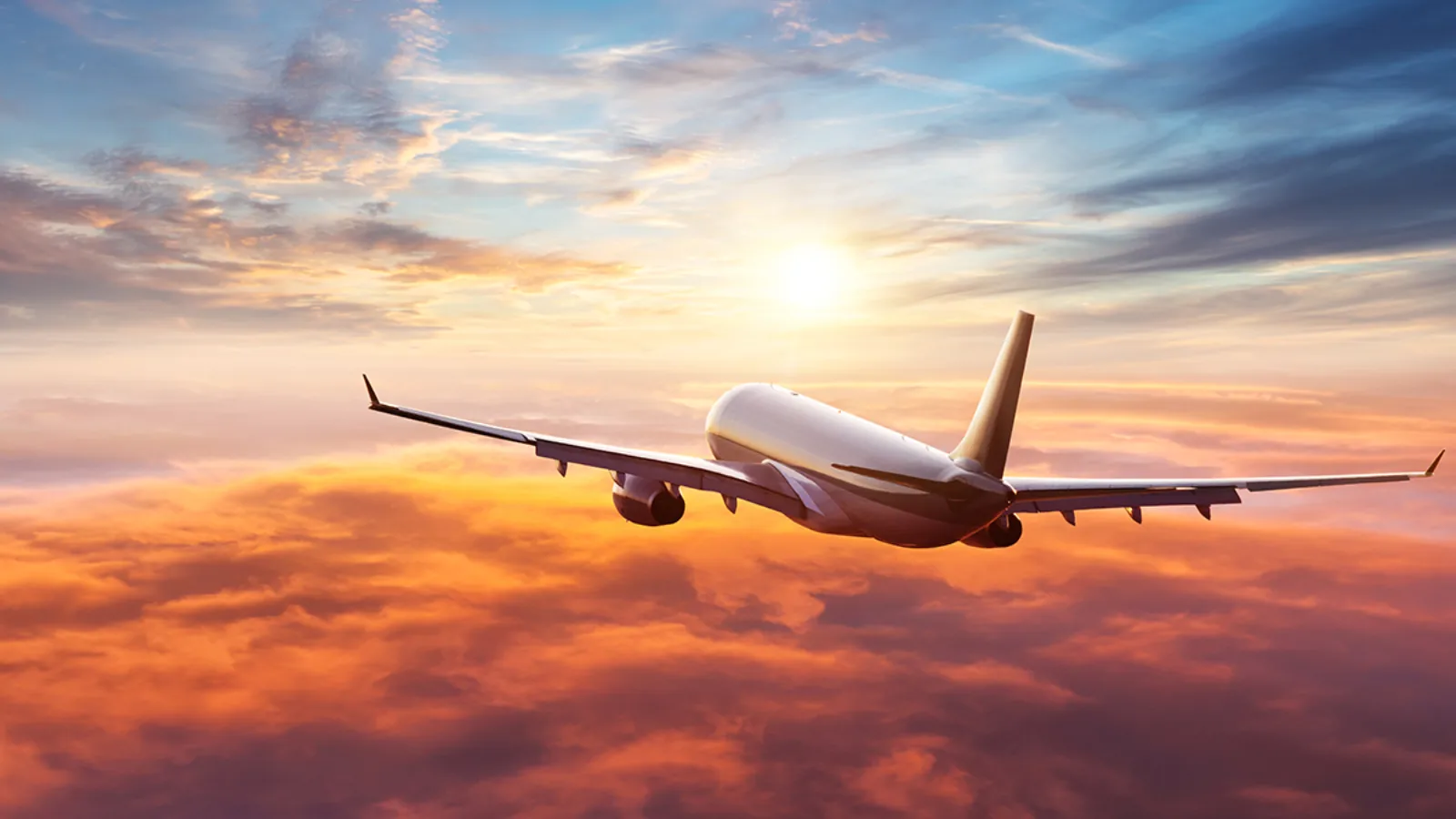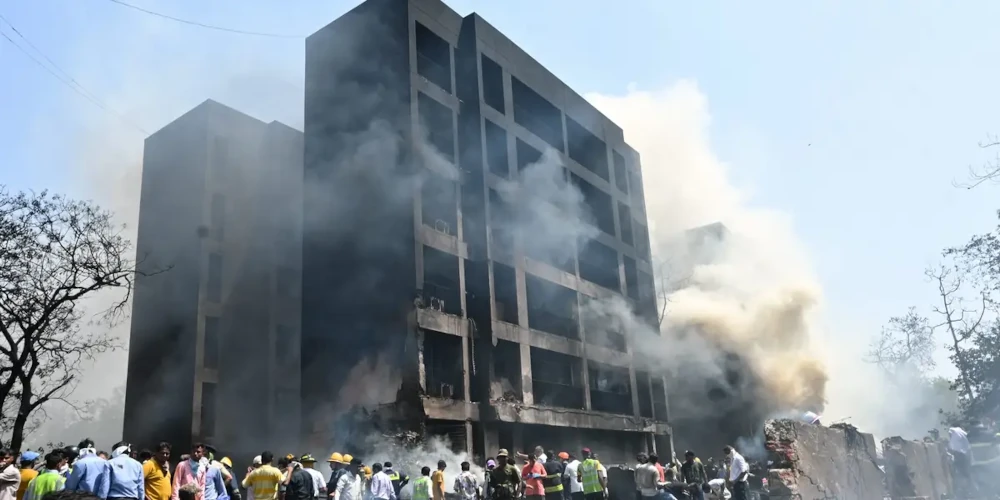Remember the Boeing news? Hard to miss. But instead of hiding it, regulators jumped in. Production was paused. Investigations went public. Whistleblowers were heard. It’s not pretty, but transparency like that is what reinforces safe travel by air.
“As frustrating as production issues may be, the increased scrutiny only helps us,” says Captain Nina Clarke, a commercial pilot with 22 years of experience flying long-haul routes. “It means the industry is taking quality and safety more seriously than ever.”
Problems exposed mean fixes are coming. The result? Stricter standards across the board—and a stronger foundation for safe travel by air going forward.
- Home
- TRAVEL TIPS
- Is It Safe to Travel by Air Now?
Is It Safe to Travel by Air Now?
DigitalrezaidTRAVEL TIPS, Planning3 months ago4.9K Views

You’re standing in the airport, watching the departure board flicker, and that question sneaks in: Is flying still actually safe these days? You’re not paranoid—it’s a fair thought. There’s been chatter about turbulence injuries, manufacturing drama, and global hotspots you’d rather not fly over.
But here’s the thing—when it comes to safe travel by air, the skies are still incredibly safe. It is likely to be safer than most of what you do daily. Nevertheless, it is not black and white. It makes a difference and it gives you a whole lot more confidence when you are up there when you are a little bit informed.
Safe Travel by Air: The Numbers Still Say Flying Is Safe
Aviation is still one of the safest ways to get from point A to point B. The odds of something going wrong are so low they barely register—especially when compared to driving. That morning commute you barely think about? It’s way riskier.
According to the IATA 2025 Safety Report, there were only 0.11 fatal accidents per million flights globally. That’s the lowest number in aviation history—roughly one fatal accident per nine million flights. For comparison, the global car accident fatality rate remains around 18 per 100,000 people per year.
Planes today are built like fortresses. And they’re checked constantly. Engineers and inspectors run through lists longer than your pre-trip packing spreadsheet. If something’s not right, that plane isn’t moving.
For those interested in exploring remote and challenging destinations, knowing how to travel safely and efficiently is key. The Travel in northern Canada guide highlights the importance of careful planning and reliable transportation methods when venturing into extreme environments.
Recent Headlines Don’t Mean Widespread Risk

Sure, if you’ve been doomscrolling, you’ve seen the odd news story—an incident here, a scare there. A flight with unexpected turbulence and an indian plane crash. A production issue with a major aircraft manufacturer. But those stories get airtime because they’re rare.
The reality is, every time something does happen, aviation authorities crack down immediately. Planes get grounded. Routes are adjusted. Manufacturing lines stop. The industry doesn’t wait for a pattern—it moves the moment a red flag pops up.
Tighter Oversight and Inspections Are Ensuring Safe Travel by Air
The Rising Concern Around Turbulence
Here’s a trend worth noting: turbulence is changing. Especially the kind you can’t see coming—called clear-air turbulence. It’s linked to climate change, and pilots say it’s getting rougher, especially over places like the Atlantic and Southeast Asia.
A study from the University of Reading in early 2025 showed a 24% increase in severe clear-air turbulence over transatlantic routes compared to 2019 levels. But that is not something to panic about. Today pilots have accurate models of tracking the turbulence and are able to plan the routes and heights of the aircraft in real time.
And then, when you already have your seatbelt on–even when it is not still on a flashing filter–you are already winning.
Flying Near Conflict Zones? Here’s What to Know

Let’s be real—this topic makes people uneasy. And yeah, for good reason. No one wants to fly over a war zone. The thing is, airlines don’t either. They don’t take chances with that stuff.
Whenever there’s conflict in a region, the rules change. Instantly. Governments and aviation bodies lay down the law, and airlines follow. It’s not optional.
As of mid-2025, flights are still staying clear of spots like Ukraine, Iran, parts of Syria, and Sudan. Even the airlines based near those areas stick to international no-fly orders. No shortcuts.
Sure, that can mean your flight might take a longer route—maybe 30 extra minutes. But if that’s the cost of staying safe? Totally worth it. No airline is risking a shortcut through danger.
What If Something Happens Mid-Flight?
It’s a fair question. What if the situation changes while you’re already in the air?
Pilots and operations teams are ready for that. They’re always in touch with air traffic control. If something shifts on the ground, they’ll reroute or land somewhere else. That call can be made in minutes.
Planes don’t just fly and hope. There’s a whole team watching every flight from the ground, minute by minute.
What You Don’t See (But Should Know About)
Most people don’t think twice about the flight crew once they sit down. But that calm voice over the speaker? That person’s trained for emergencies that most of us couldn’t imagine.
“Training is nonstop,” says Ava Martinez, a flight attendant with over a decade of experience. “We go through drills all the time—fires, evacuations, medical stuff. When something happens, we already know what to do.”
And that’s just the cabin crew. Behind the scenes, engineers, air traffic teams, and dispatchers—they’re watching your plane from takeoff to landing.
Flying Clean After COVID: Still a Thing?
Wondering if flying is still clean post-pandemic? You’re not alone. The good news? Airlines didn’t drop the ball.
HEPA filters are still running strong, scrubbing cabin air every few minutes. Planes get cleaned more often. Some even use UV light to sanitize surfaces between flights.
Wearing a mask isn’t required anymore, but plenty of people still do—especially if they’re sick or it’s flu season. No one’s going to look at you weird.
For those concerned about ongoing health precautions, understanding how long travel vaccines last can help guide your safety decisions. Vaccines provide essential protection, but their effectiveness may wane over time, so staying informed ensures you travel with confidence.
A Few Simple Things That Help You Stay Safe During Air Travel
There are a few things you can do that actually make a difference:
- Keep your seatbelt on—even if the light is off. Turbulence is sneaky.
- Don’t skip the safety video. One day, it might matter.
- Stick with airlines that have strong safety records.
- Going overseas? Check your country’s travel advisories.
- Always carry your meds and essentials in your hand luggage.
My Own Flight During a Tense Time
Back in March, I flew from London to Tokyo with a stopover in Doha. The news was full of reports about unrest in the Middle East, and honestly, I started to second-guess going.
So I called the airline—Qatar Airways—and just asked. I wanted to know if the flight was flying over any risky areas. They said no. The route had been adjusted, and they were working with international aviation authorities the whole time.
That short call helped ease my nerves. I boarded the flight. The crew was calm, the plane was spotless, and everything went fine. No drama.
Sometimes, asking one question can settle your mind.

Final Thoughts
No type of travel is perfect. But flying in 2025? It’s as close as it gets. Planes are smarter. Crews are better trained. Routes are updated constantly to avoid danger.
So yeah, go ahead—book the trip. Keep your belt fastened. Bring a snack. Relax. The sky’s still one of the safest places to be.
FAQs
Is it still safe to fly in 2025?
Yep. Flying remains one of the safest ways to travel, with very low risk.
What’s the biggest risk on a flight?
Turbulence. That’s the one you’re most likely to notice. Just keep your seatbelt on.
Are airlines flying over conflict zones now?
Nope. Flights are rerouted around those areas, following global aviation safety rules.
Do I need to wear a mask on flights now?
You don’t have to, but a lot of people still choose to—especially during flu season.
Has turbulence really gotten worse?
Yes, especially in clear skies. Airlines are adjusting routes and altitudes based on newer weather data.
Stay Informed With the Latest & Most Important News
Previous Post
Next Post
Previous Post
Next Post
Loading Next Post...



















